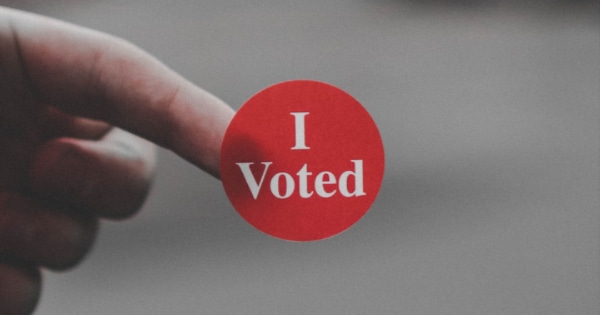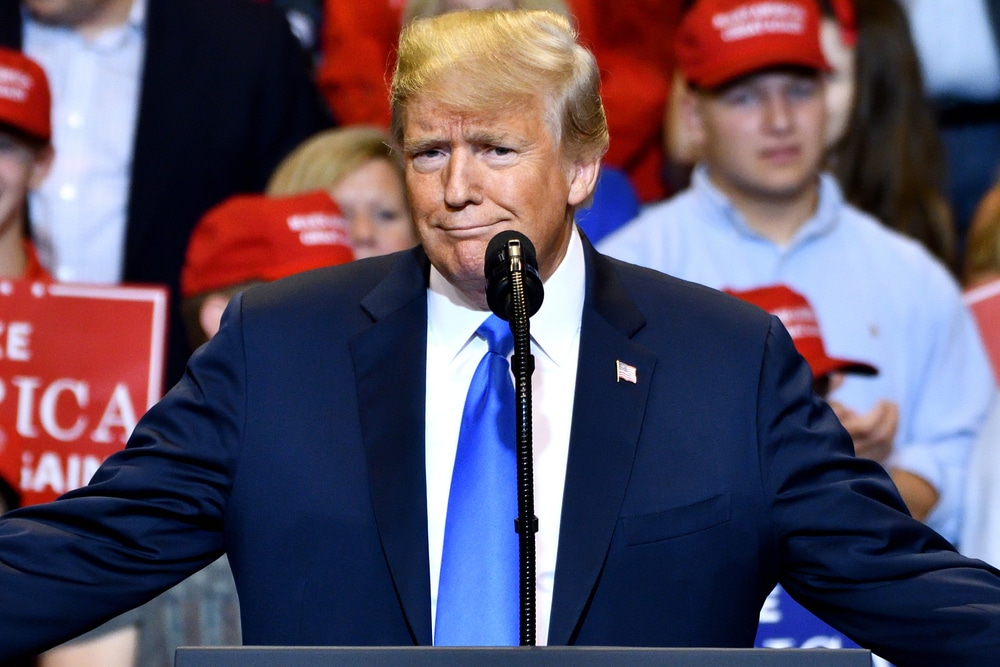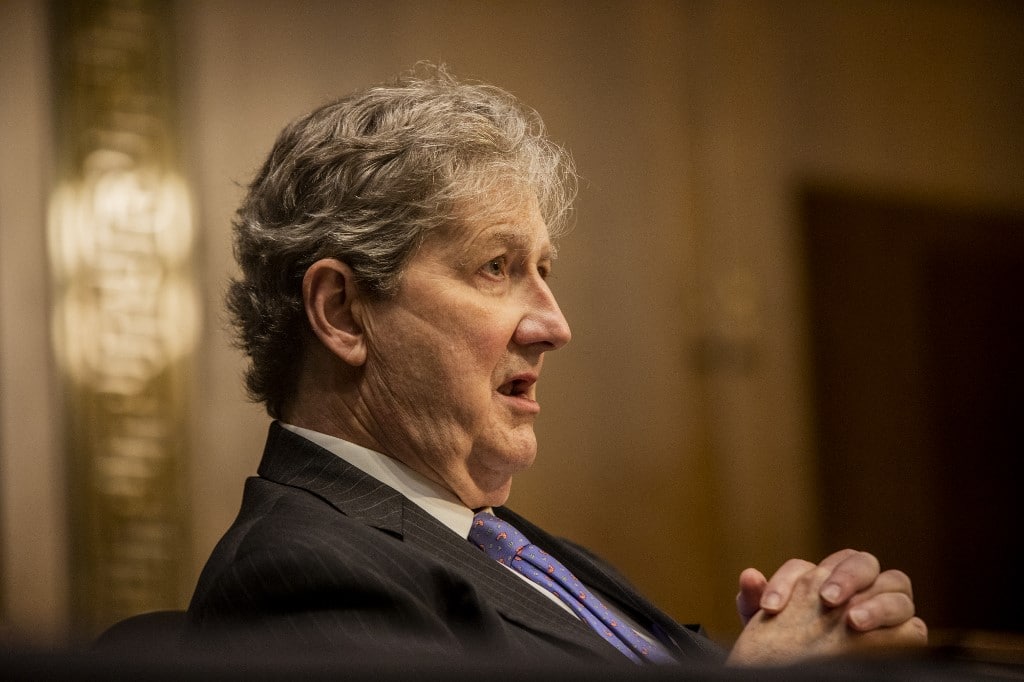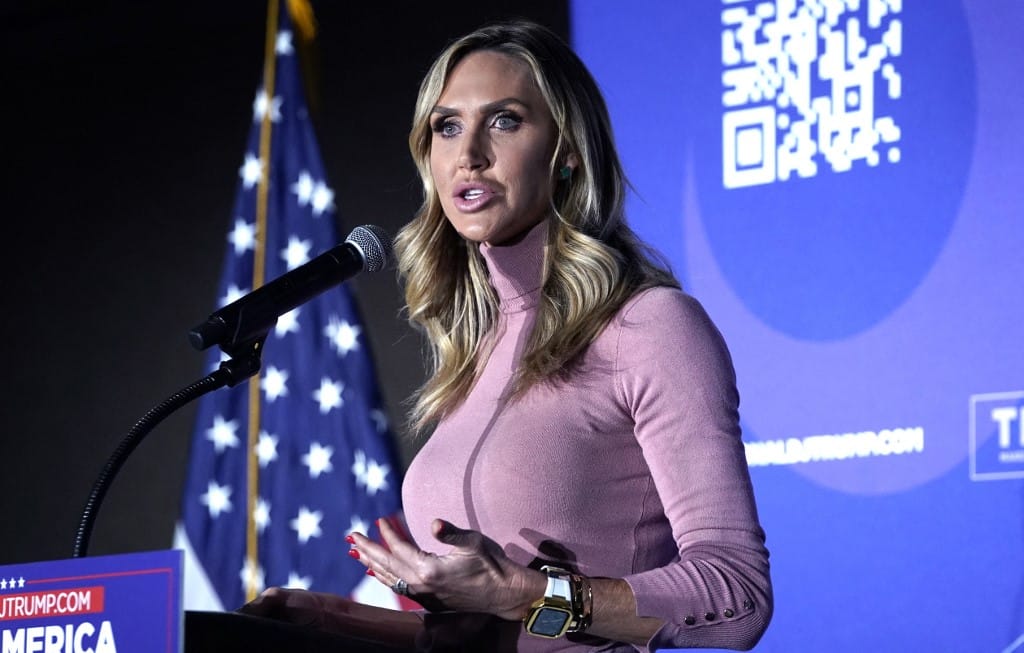With the next presidential election roughly a year away, the nation faces an uncertain future when it comes to employment rates. The job market seems poised to continue shrinking from a combination of factors; everything from tariffs to job training to increased automation may put more jobs at risk in the near future. While there are some steps that could theoretically be taken to restore some of these jobs, the overall trend seems like it will make for a stressful pre-election year.
Political Climate Endangering Manufacturing Industry
With international tensions high, Trump has continued to increase tariffs on goods from several nations, though most notably China. While supporters insist that this is to support U.S. manufacturing, in practice it may have had the opposite effect. Several swing states in particular have seen a sharp decline in manufacturing jobs, and President Trump stands to have created 1.5 million fewer jobs than Obama had by the end of his term. At a time when 57% of organizations view employee retention as a problem, the current political climate does not necessarily create much additional hope for future job creation.
Retail And Service Workers Face Automation Struggles
Politics are not the only source of stress on the United States’ job market at the present moment; while some technological advances have benefited the working world, many others continue to put jobs at risk. While previously this had been limited to manufacturing work almost exclusively, the development of artificial intelligence now means that service and retail workers are at risk of being replaced by automation as well. The restaurant industry continues to thrive; over 200 million U.S. consumers visited a sit-down restaurant in 2018. As the industry thrives, many businesses in this sector might look to automation as a way to cut down on regular expenses.
As technology continues to quickly develop, more employees risk replacement. This is also true when it comes to jobs that require less repetitive tasks; the more development artificial intelligence sees, the more jobs will be at risk. As many as 82% of companies reportedly saved money by moving to the cloud for data management, and this trend of using technology to cut down on costs is not likely to stop any time soon.
Training For A Changing Job Market
As the job market continues to change, job training will also need to shift to accommodate. However, this has currently proved a problem for training programs and what jobs people tend to search for. Fewer people are moving into trades, such as construction or plumbing, instead preferring a career in an office that tends to be seen as more “prestigious.” The lack of professionals in specific trades is already being felt; 10% of United States households have leaks in their plumbing that can waste up to 90 gallons of water per day. With fewer people willing to take on these jobs and a lack of appropriate training, the job market is likely to experience a turn for the worse in the near future.
With the 2020 election fast approaching, the job market is likely to be a major talking point in the coming months. What each candidate proposes for a changing job market has yet to be seen, though some have already made their views clear. Ultimately, while the next election will likely shape the job market in the United States dramatically, it will more likely be the case that the job market shapes the election, rather than the other way around.










